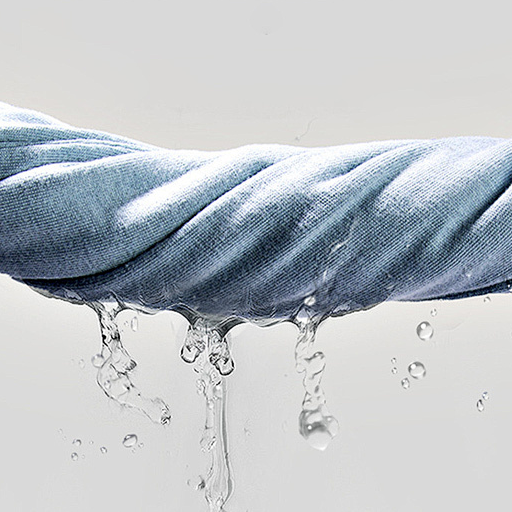Have you ever ordered bulk T-shirts only to find that, after one wash, half of them look a size smaller? It’s frustrating, not only for the end customer but also for the buyer who suddenly faces complaints and returns. In most cases, this isn’t a “bad washing” problem—it’s because the fabric wasn’t properly pre-shrunk before production.
When I first started working with overseas buyers, this was one of the most common headaches I heard: “The product looked perfect when it arrived, but after washing, the fit changed.” That’s when I realized the importance of asking suppliers a simple but powerful question: “Did you do pre-shrunk treatment on the fabric?”

Why Shrinkage Matters in Bulk Orders
Shrinkage might sound like a small detail, but in bulk apparel it can quickly turn into a serious cost.
- A batch of polo shirts shrinks just 3–5% → suddenly your “L” fits like an “M.”
- Uniform projects suffer when sizes no longer match employees.
- Returns and complaints eat into margins, especially in retail or e-commerce.
I’ve seen a client order 5,000 cotton tees for a promotional campaign. After the first wash, staff members complained the shirts no longer fit. The company had to reorder, which doubled their budget. All of it could have been avoided with proper fabric pre-shrinking.
What Is Pre-Shrunk Fabric Treatment?
Pre-shrunk treatment is a process applied to fabric after weaving but before cutting and sewing. The idea is simple: expose the fabric to moisture and tension in a controlled way, so it “shrinks in advance.”
That way, when the final garment is washed by the consumer, the fabric has already stabilized.
Common methods include:
- Sanforization (used widely in cotton fabrics)
- Steam pre-shrinking
- Heat setting (often used for synthetic fibers)
A good factory won’t skip this step. But not every supplier invests in the right equipment, which is why shrinkage problems still appear in the market.
How to Tell if a Supplier Does Pre-Shrunk Treatment
If you’re sourcing bulk apparel, here’s what I usually recommend asking or checking:
- Lab tests: request shrinkage reports (usually measured after 1–3 washes).
- Fabric swatches: wash a sample yourself before committing to a bulk order.
- Factory capability: ask if they have sanforizing or steaming machines.
- References: see if other buyers have had issues with shrinkage.
One of my long-term clients now insists on getting shrinkage test results before signing any PO. Since adopting that practice, they’ve cut complaints by more than 70%.
You can also read more about fabric quality checks in our blog library.
What Buyers Should Do in 2025
If you’re planning bulk orders this year, here are a few practical steps:
- Confirm shrinkage tolerance (usually under 3% is acceptable).
- Work with suppliers who can show pre-shrinking capability.
- Build shrinkage testing into your QC checklist.
- Communicate clearly with your team—better to pay a little more upfront than deal with costly reorders later.
For apparel factories like ours, pre-shrinking isn’t “extra”—it’s standard. It protects both the buyer and the end consumer.
FAQ
1. What causes clothes to shrink after washing?
Mostly it’s because the fabric wasn’t pre-shrunk. Heat and water cause fibers to contract if they weren’t stabilized.
2. How does pre-shrunk treatment work in fabric production?
The fabric is exposed to controlled heat, steam, and pressure so it shrinks before cutting and sewing.
3. What fabrics shrink the most?
Cotton and other natural fibers are more prone to shrinkage, while synthetics like polyester are more stable.
4. How can buyers avoid shrinkage problems in bulk apparel?
Always ask suppliers about pre-shrunk treatment, request test reports, and wash samples yourself before confirming.
5. What is an acceptable shrinkage tolerance for garments?
Usually 2–3% shrinkage is considered normal. Anything above 5% becomes noticeable and often leads to complaints.
Conclusion & CTA
Shrinkage is often overlooked, but it’s one of the most common reasons buyers lose money in bulk apparel. A proper pre-shrunk treatment ensures the size customers buy is the size they keep—wash after wash.
If you’re preparing for your next bulk order and want to avoid shrinkage problems, contact us. We can walk you through how we handle pre-shrunk fabric treatment and provide shrinkage reports so your order stays safe.

